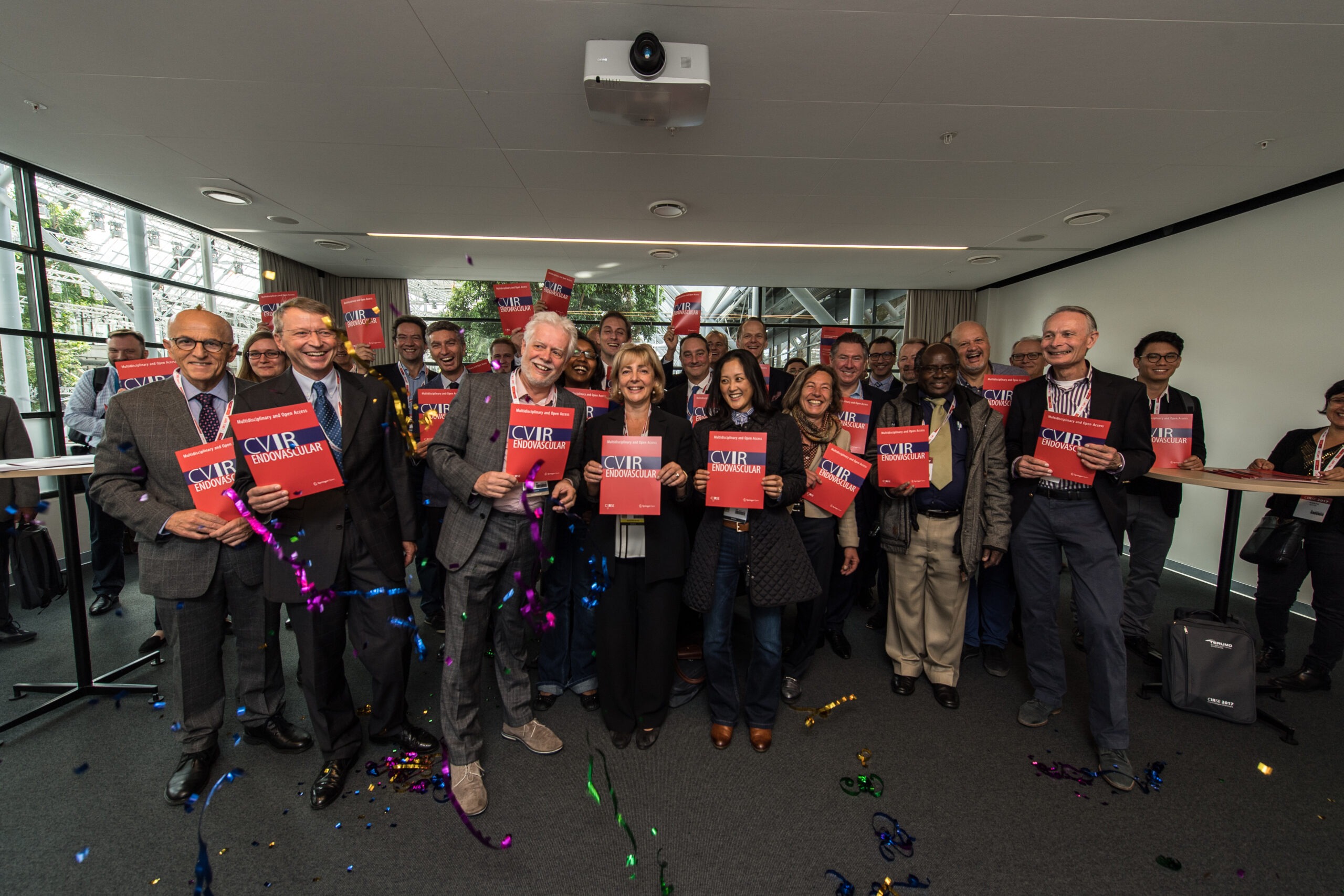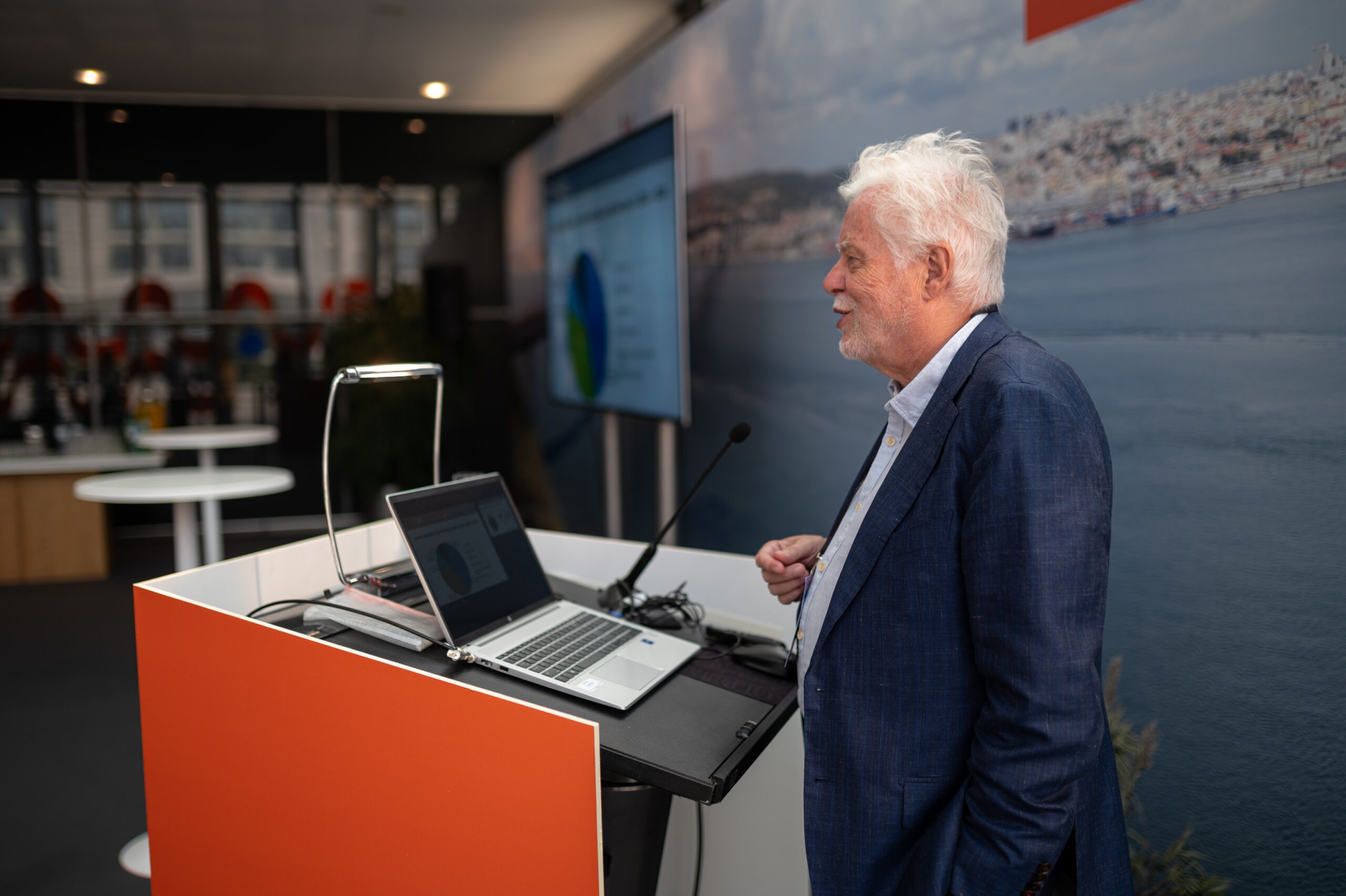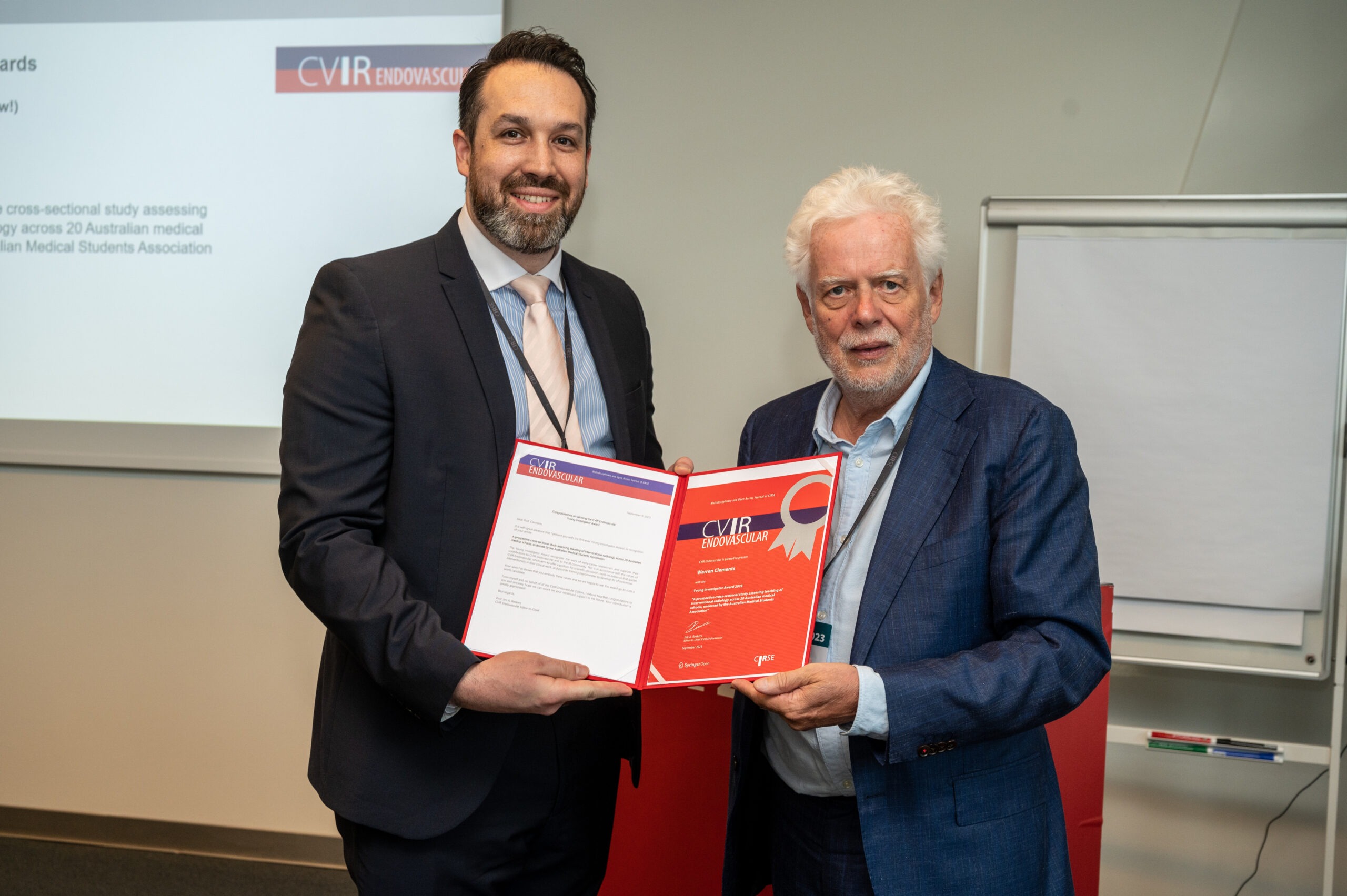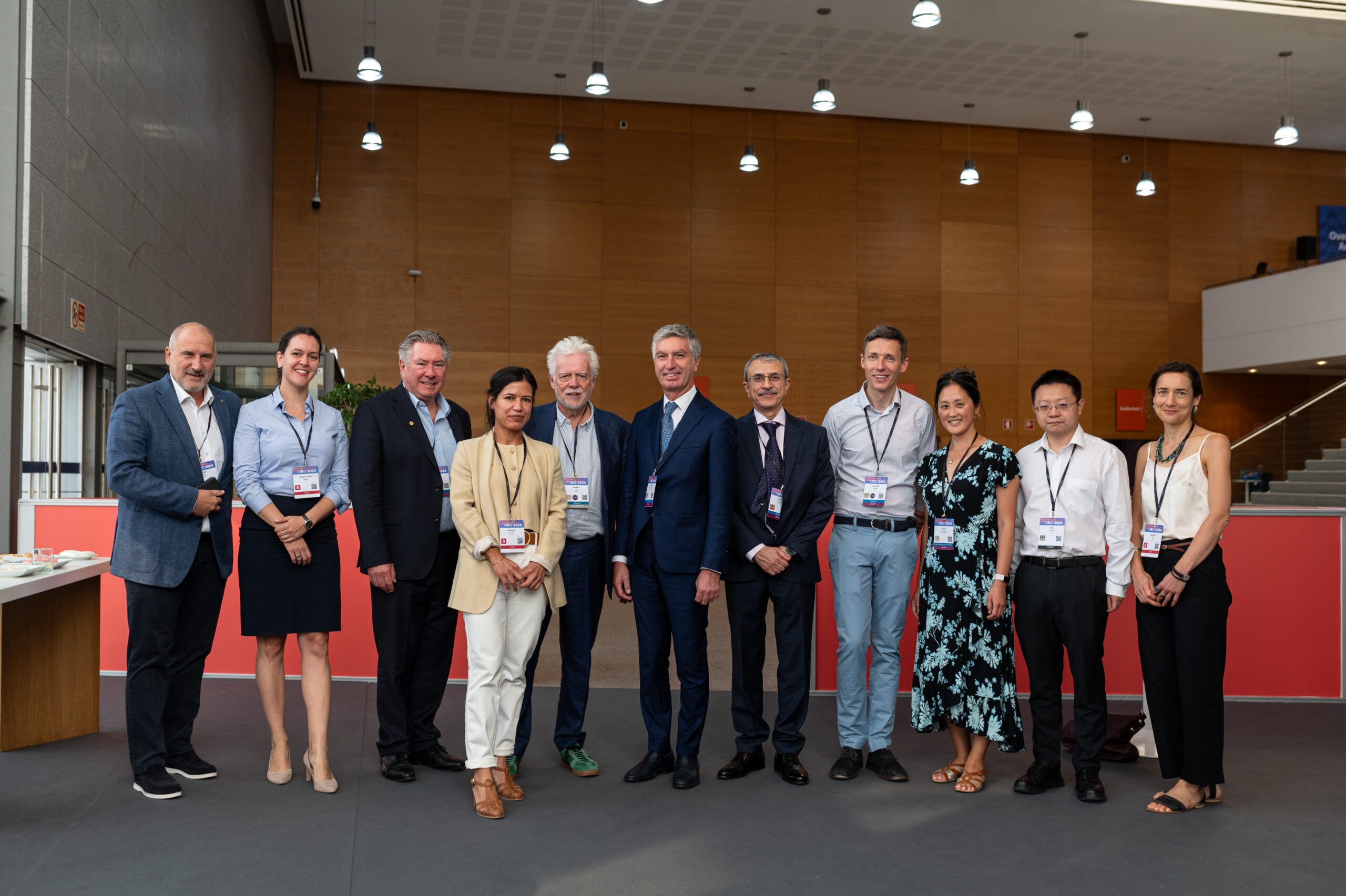CIRSE Insider: Why did you decide to go for an open access model?
Reekers: Open access is the only model that will survive in our open digital world, as information has to always be available fast and for everybody for free. Medical science should not be hidden behind a paywall or a journal subscription. This will block information being available for all doctors to treat patients.
CIRSE Insider: How did you get the journal off the ground?
Reekers: Hard work, networking, connection to communities and goodwill of many colleagues. And of course, the fantastic support of the editorial office in Vienna. It was not easy and much more work than I could have imagined making this project a success, but after eight years, I think the journal has found its place in the international endovascular experts’ community and the world of IR. We now get papers from all around the world.
CIRSE Insider: What were the most important milestones and how have they affected submissions?
Reekers: The journal immediately started with a good number of submissions and of course being part of the CIRSE family also helped getting started. Getting indexed in the web of science, PubMed Central, and other indexing platforms was a testament to the journal’s quality and value within the endovascular IR field. Further milestones include, receiving the first impact factor after five years, publication of special issues on trending and relevant topics i.e. women’s health and sustainability in IR, as well as more than 300,000 article downloads per year. The most recent milestone was the publication of the 2024 impact factor, which again increased and now stands at 1.5.
CIRSE Insider: What kind of authors is the journal particularly interesting for?
Reekers: We are looking for practical papers, next to real science and outstanding case reports. We are looking for authors that communicate good endovascular work. I specifically like to receive submissions from young authors and the next generation of IRs and endovascular specialists, who start publishing their first papers: CVIR Endovascular is the right podium for them.
CIRSE Insider: How do you manage to attract the most interesting research?
Reekers: This is indeed not easy, and it needs a lot of personal commitment, going to meetings, talking to presenters, introducing the journal and convincing them to send papers to CVIR Endovascular, also starting discussions on social media and promoting the journal. And inviting authors, offering them a publishing waiver, showing that with open access you can reach and connect to a huge worldwide audience very fast. Being enthusiastic is contagious and will make authors enthusiastic. Having a robust editorial system, fast reviewing times and a global reach also helps.




